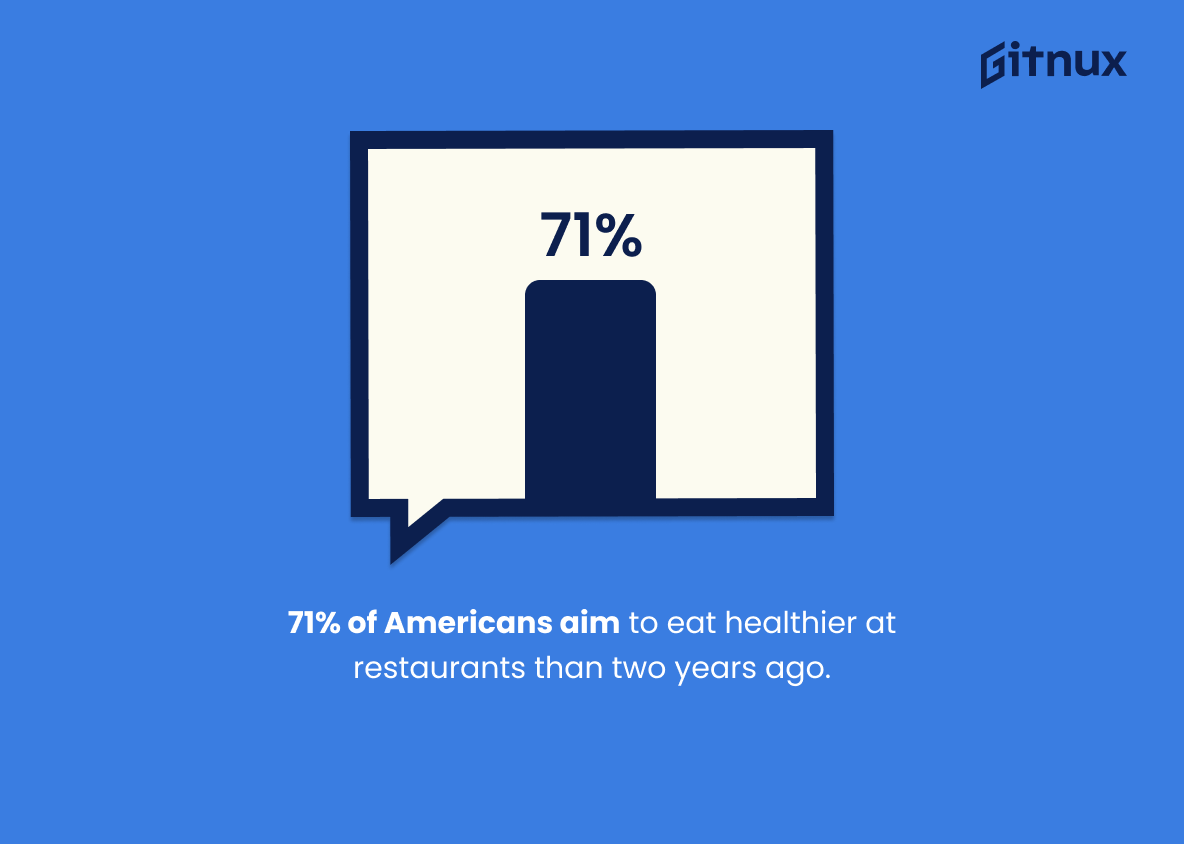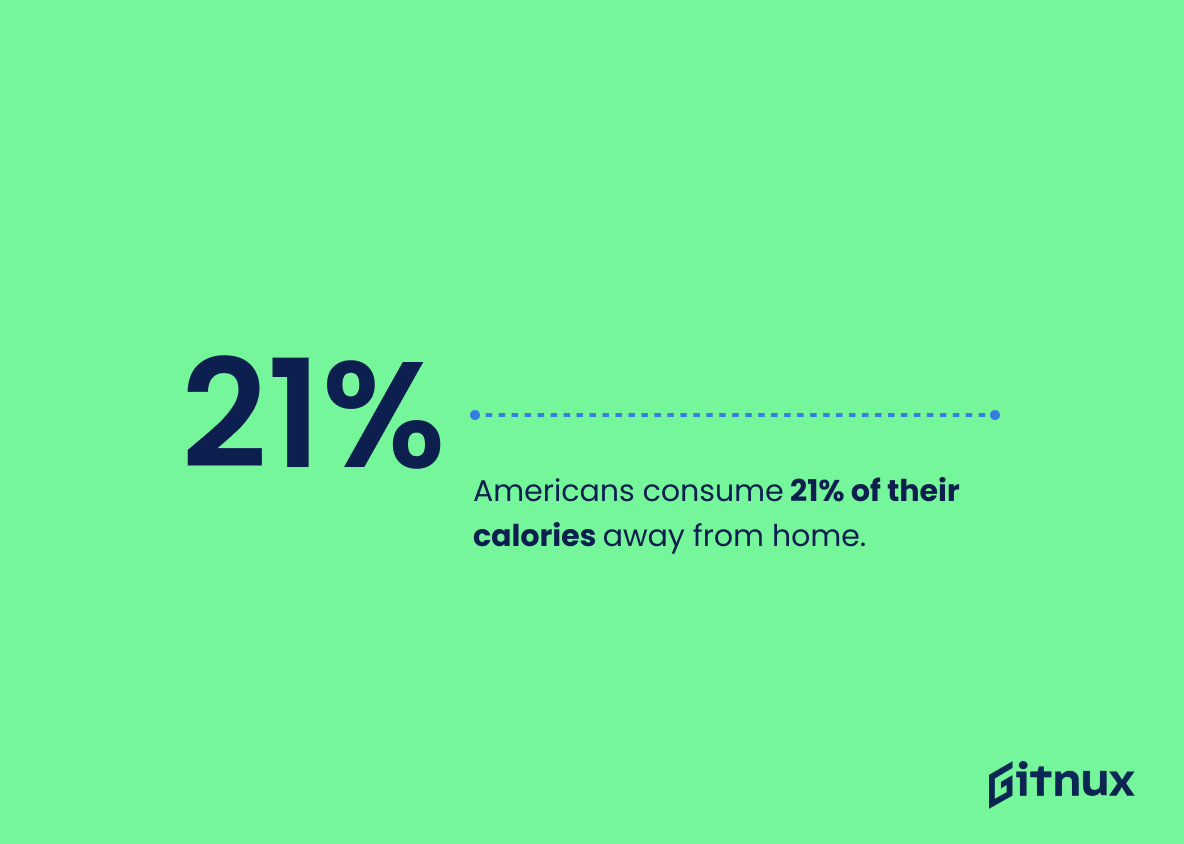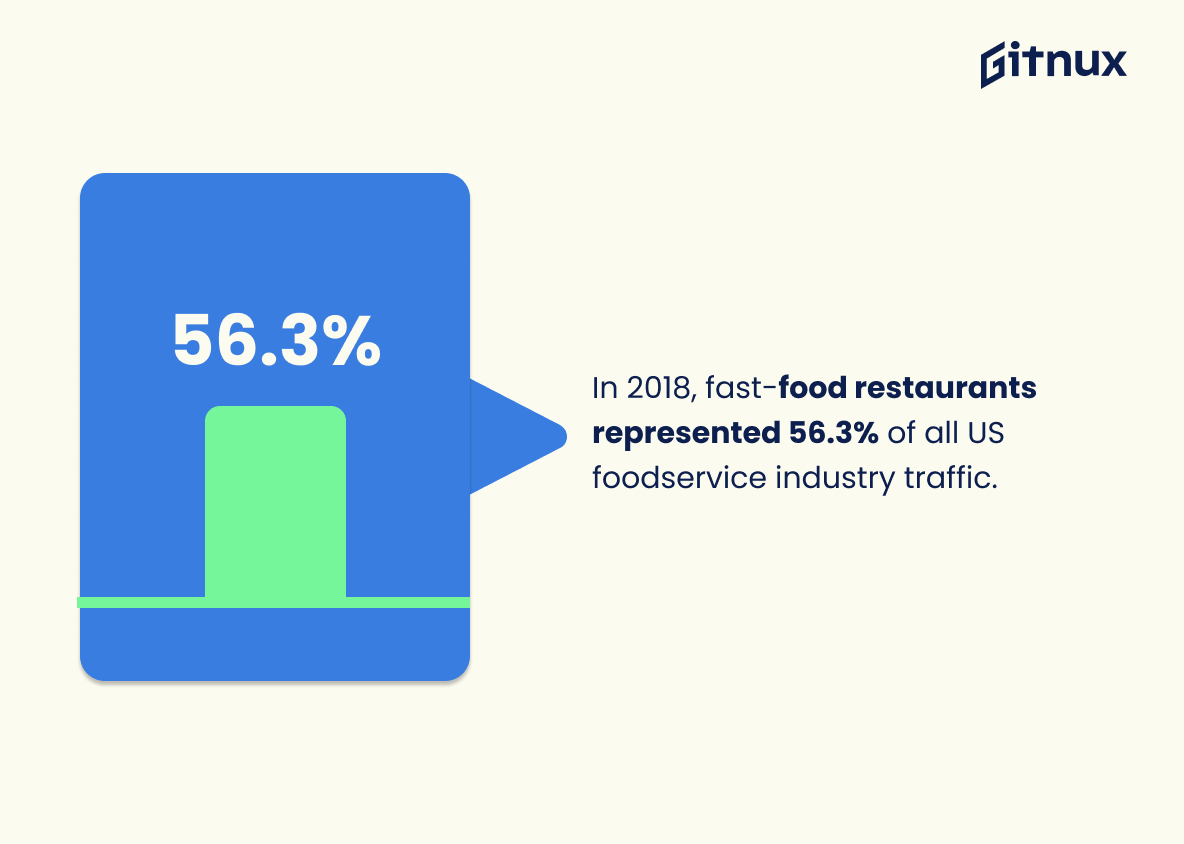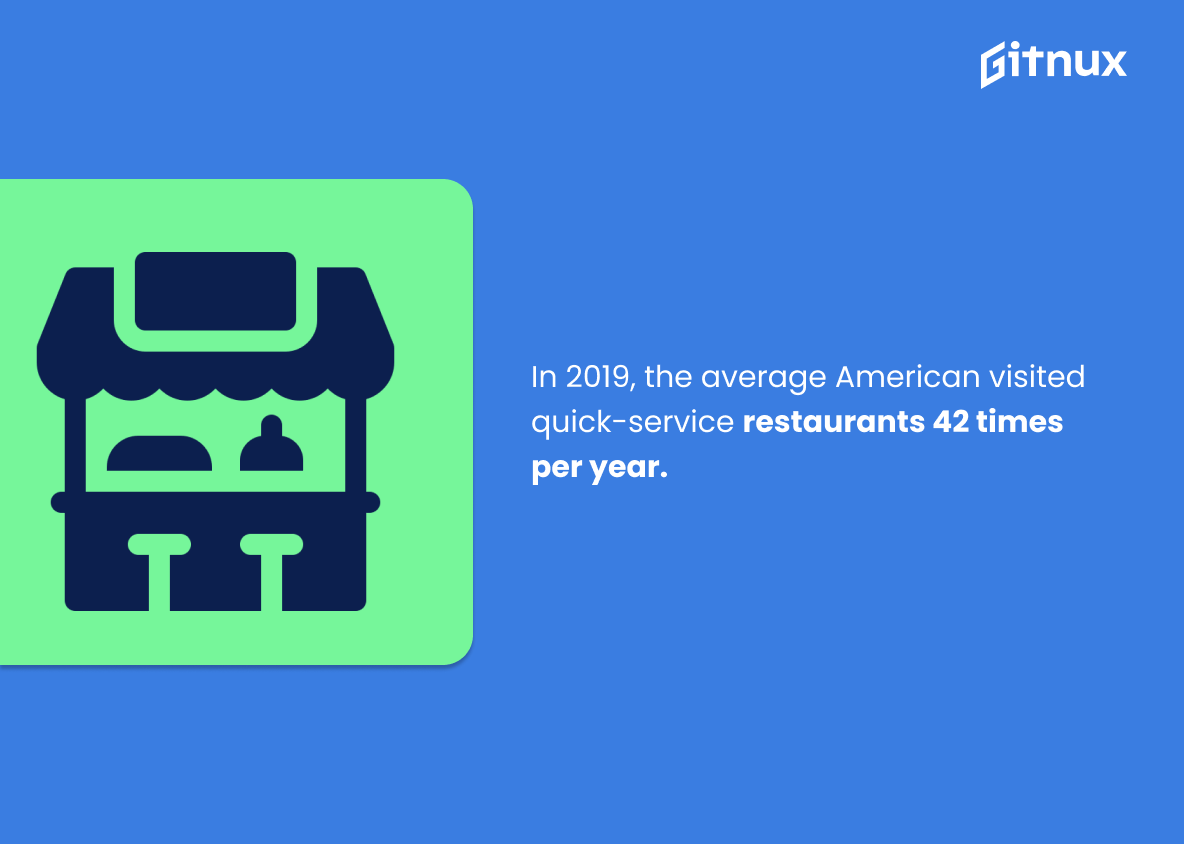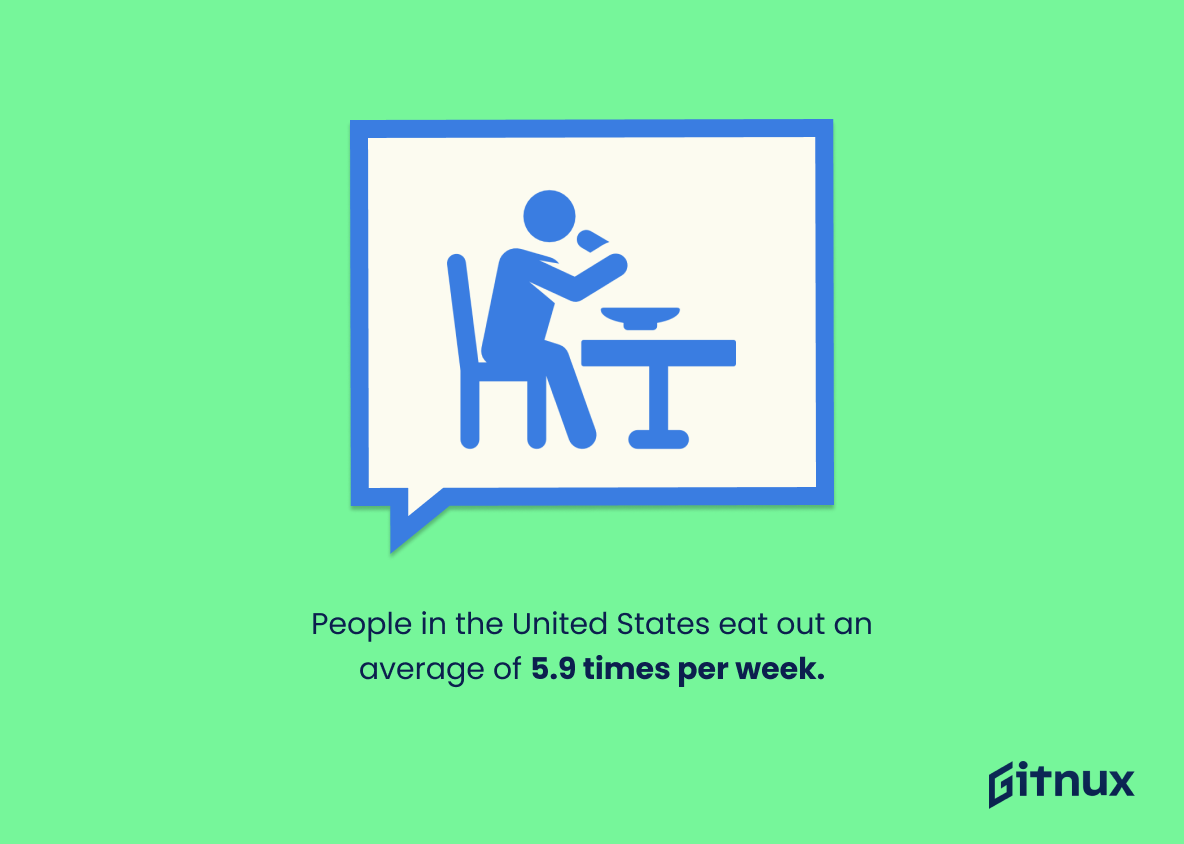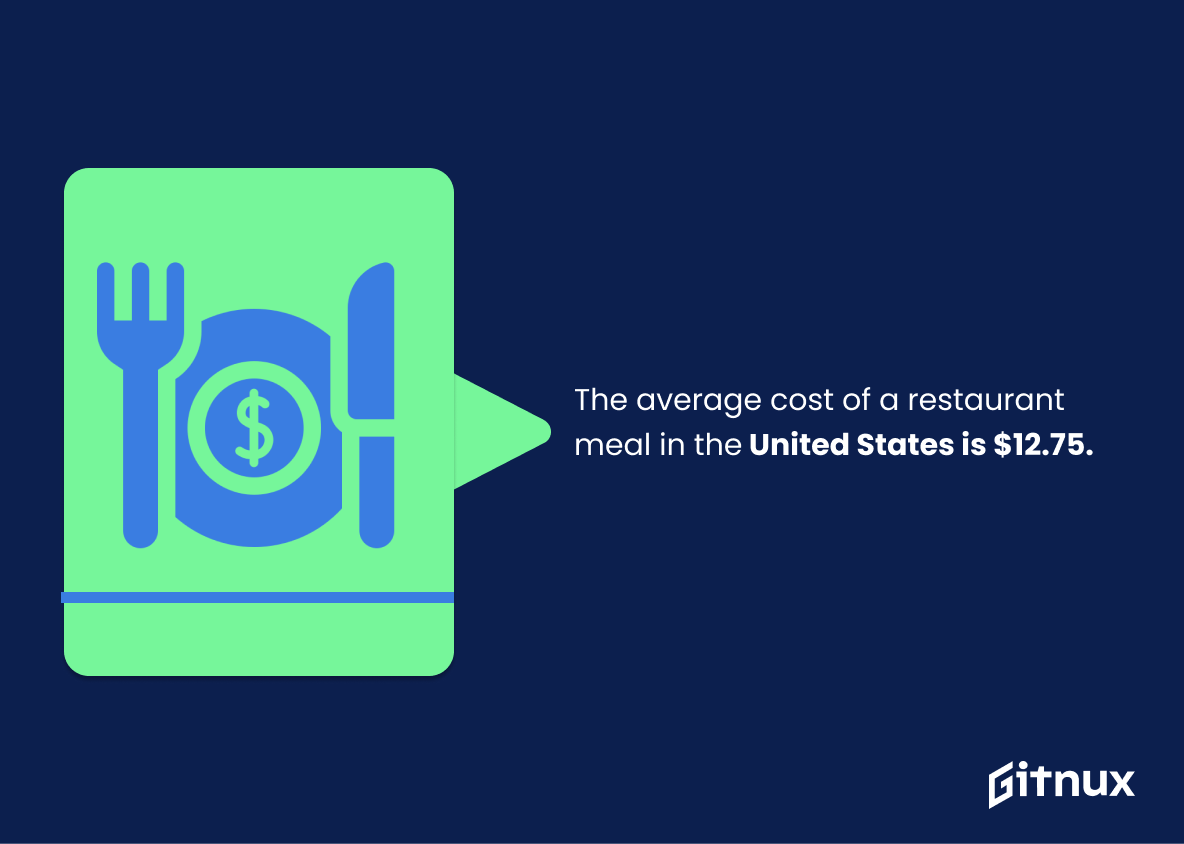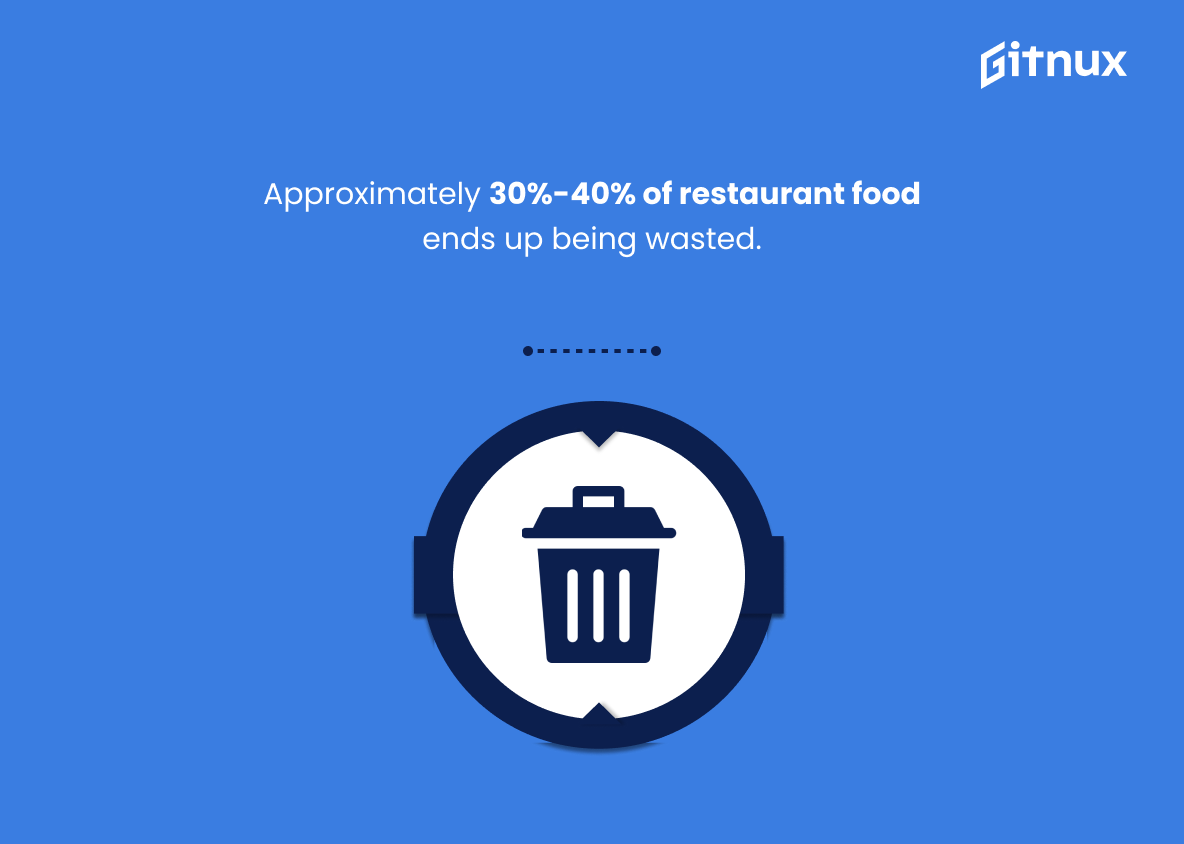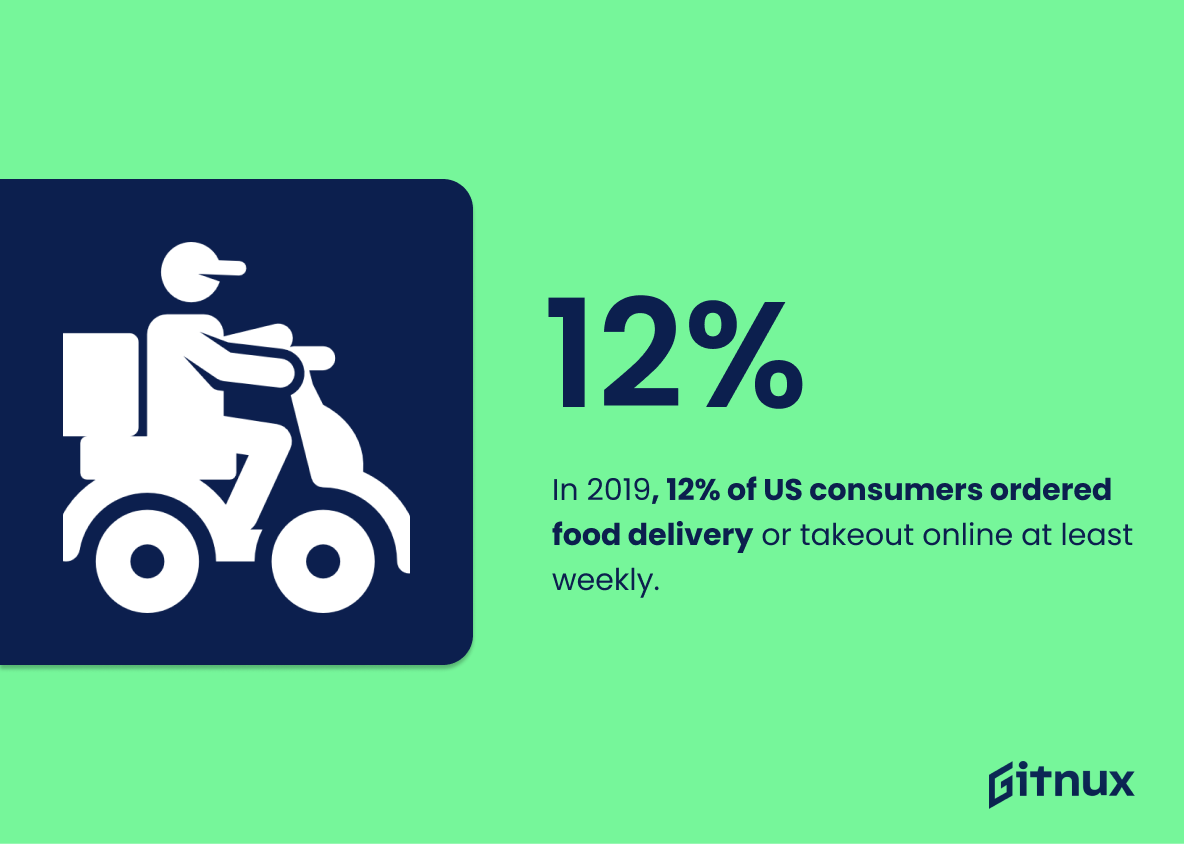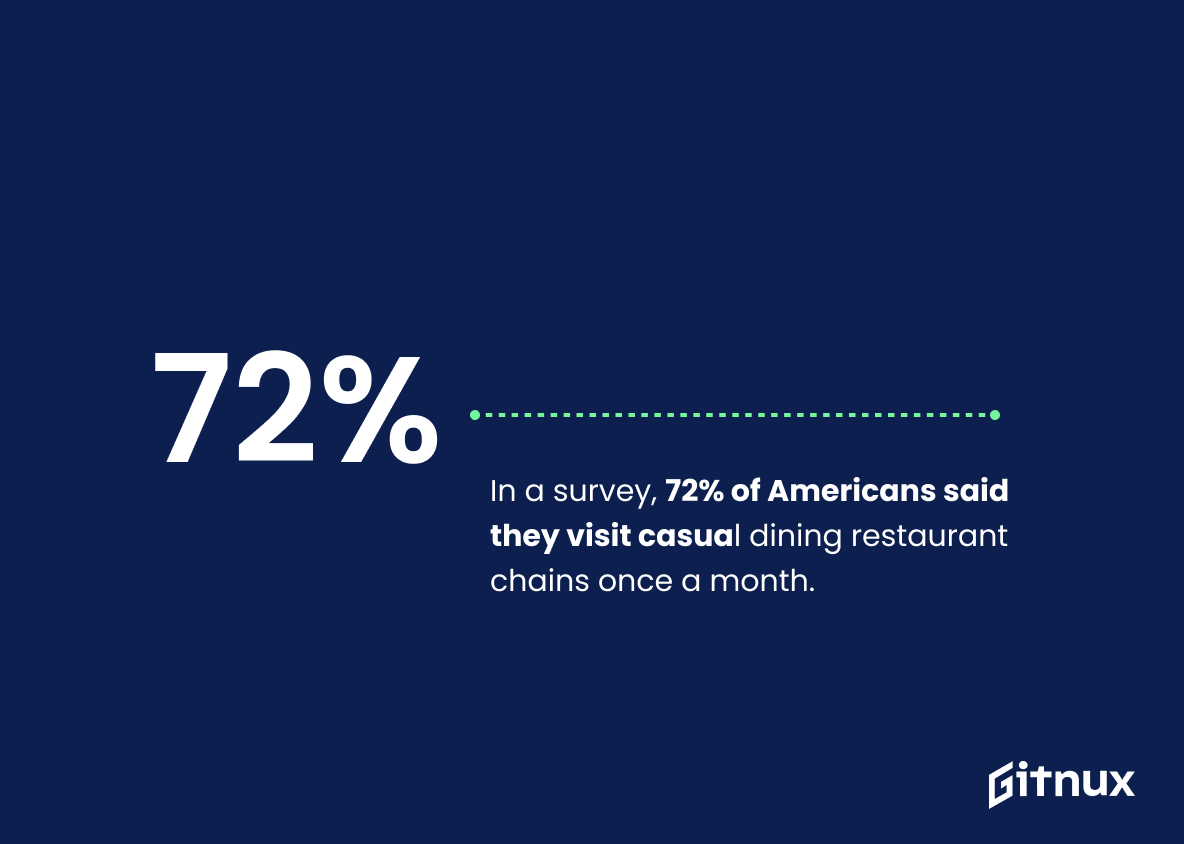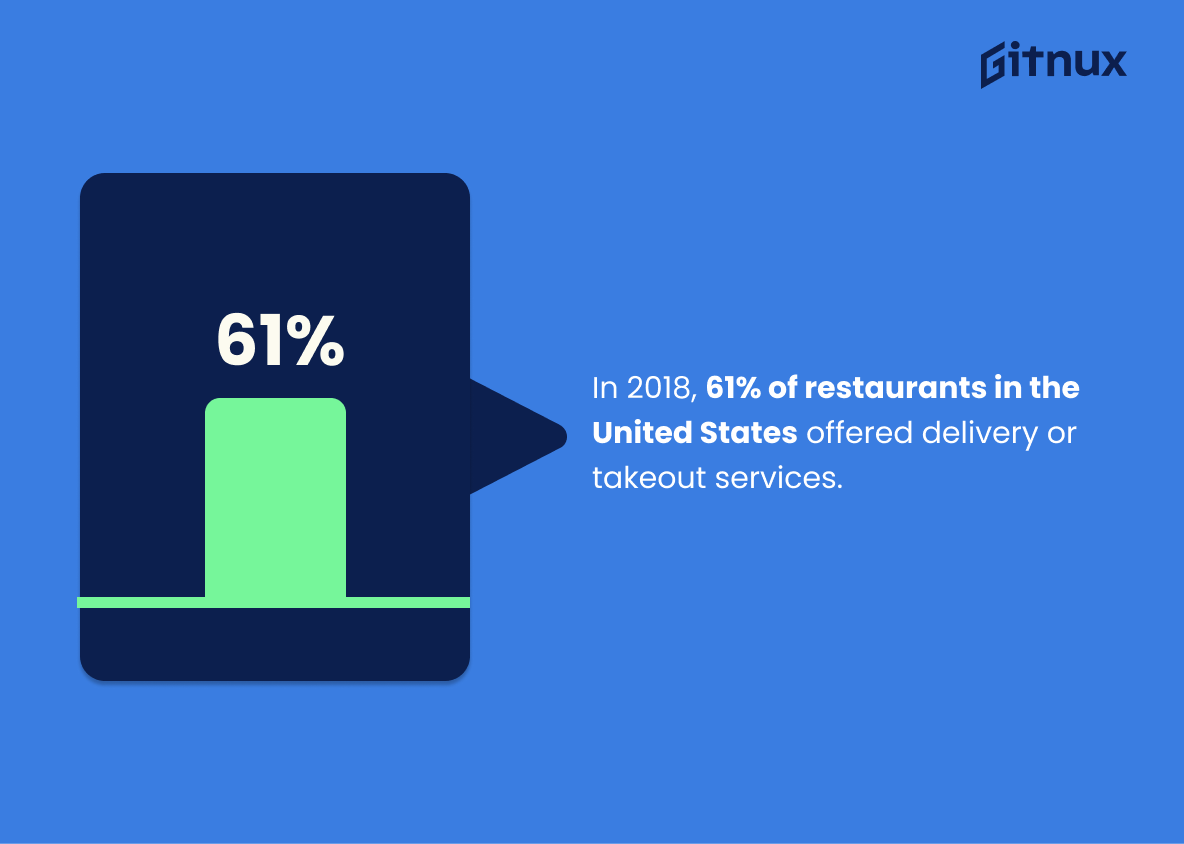Eating out is a popular activity for many people, and it’s no surprise that the restaurant industry in the United States has seen significant growth over the years. However, 2020 was an unprecedented year due to COVID-19 pandemic restrictions which caused a dramatic decline in revenue from 2019’s $864.3 billion to approximately $659 billion. Despite this setback, Americans still spend about $3,526 on food away from home each year and 34% of people said they eat out at restaurants once a week according to one study. Additionally, 71% of Americans claimed to be trying to eat healthier at restaurants than two years ago while 21% of their calories are consumed away from home overall.
Fast-food restaurants account for 56.3% of all foodservice industry traffic with individuals visiting them 150 times per year on average; however 74% have increased delivery or takeout orders since before the pandemic began last year when full service restaurant sales decreased by 34%. Quick service visits were 42 times per annum as well with 5.9 meals eaten outside weekly and 37 percent using smartphones inside eateries researching menus prior ordering something costing around 12 dollars seventy five cents apiece typically wasted 30%-40%. Lastly 16 % consider themselves ‘frequent diners’ eating twice daily whereas 61 % offer delivery/takeouts services catering 7 .8 % more 2018 plus millennials spending 44 % money dining out annually
Eating Out Statistics Overview
In a study, 34% of people said they eat out at restaurants once a week.
This statistic is significant in the context of a blog post about Eating Out Statistics because it provides insight into the frequency of restaurant visits among the population. It indicates that a substantial portion of people are eating out at least once a week, which could have implications for the restaurant industry and the economy as a whole.
In a survey, 71% of Americans claimed to be trying to eat healthier at restaurants than they did two years ago.
This statistic is indicative of a larger trend in the American population towards healthier eating habits. It shows that people are becoming more conscious of their dietary choices and are actively trying to make healthier decisions when eating out. This is an important piece of information for anyone writing a blog post about Eating Out Statistics, as it provides insight into the current state of the restaurant industry and how it is adapting to the changing needs of its customers.
Americans consume 21% of their calories away from home.
This statistic is a telling indication of the prevalence of eating out in American culture. It demonstrates that a significant portion of the average American’s diet is made up of food consumed away from home, highlighting the importance of restaurants and other food establishments in the lives of many.
Fast-food restaurants account for 56.3% of all foodservice industry traffic in the United States in 2018.
This statistic is a telling indication of the prevalence of fast-food restaurants in the United States. It highlights the fact that the majority of people are choosing to eat out at fast-food restaurants, rather than other types of foodservice establishments. This has significant implications for the health of the nation, as fast-food is often high in calories, fat, and sodium. It also has implications for the economy, as fast-food restaurants are often cheaper than other types of restaurants. This statistic is an important reminder of the need to be mindful of our eating habits and to make healthier choices when eating out.
In the United States, full-service restaurants experienced a 34% decrease in sales in 2020.
This statistic is a stark reminder of the impact the pandemic has had on the restaurant industry. It highlights the immense financial losses that full-service restaurants have suffered in 2020, and serves as a warning to other businesses that may be considering entering the restaurant industry. It also serves as a reminder of the importance of supporting local restaurants, as they are some of the hardest hit by the pandemic.
In 2019, the average American visited quick-service restaurants 42 times per year.
This statistic is a telling indication of the prevalence of quick-service restaurants in the American diet. It speaks to the fact that Americans are increasingly turning to these establishments for their meals, and that the convenience and affordability of these restaurants is a major factor in their popularity. This statistic is an important piece of the puzzle when it comes to understanding the eating out habits of Americans, and is essential to any blog post about Eating Out Statistics.
People in the United States eat out an average of 5.9 times per week.
This statistic is a key indicator of the prevalence of eating out in the United States. It provides a snapshot of how often people are choosing to dine out, and can be used to compare the frequency of eating out in the US to other countries. It can also be used to analyze trends in the frequency of eating out over time.
37% of US consumers use their smartphone to research menus while in a restaurant.
This statistic is a telling indication of the changing landscape of dining out. It shows that customers are increasingly relying on their smartphones to make decisions about where to eat and what to order. This shift in behavior has implications for restaurant owners, who must now consider how to best leverage technology to reach and engage customers.
The average cost of a restaurant meal in the United States is $12.75.
This statistic is an important indicator of the cost of dining out in the United States. It provides a baseline for comparison when discussing the cost of eating out in different parts of the country, or when comparing the cost of eating out to other activities. It also serves as a useful reference point when discussing the affordability of eating out for different income levels.
Approximately 30%-40% of restaurant food ends up being wasted.
This statistic is a stark reminder of the amount of food that is being wasted in the restaurant industry. It highlights the need for restaurants to be more mindful of their food waste and to take steps to reduce it. It also serves as a reminder to customers to be mindful of their ordering habits and to only order what they can realistically eat.
In 2019, 12% of American consumers used online ordering options for food delivery or takeout at least once a week.
This statistic is indicative of a major shift in the way Americans are choosing to eat out. It shows that more and more people are turning to online ordering options for their food delivery or takeout needs, which is a trend that is likely to continue in the future. This is an important statistic to consider when discussing Eating Out Statistics, as it provides insight into the changing habits of consumers.
Catering sales for restaurants experienced a growth of 7.8% in 2018.
This statistic is a testament to the fact that eating out is becoming increasingly popular. It shows that more and more people are choosing to dine out, which is a positive sign for the restaurant industry. This growth in catering sales is indicative of the growing demand for restaurant services, and it is a sign that the industry is thriving.
In a survey, 72% of Americans said they visit casual dining restaurant chains once a month.
This statistic is a telling indication of the popularity of casual dining restaurant chains among Americans. It shows that a large majority of Americans are frequenting these establishments on a regular basis, suggesting that casual dining restaurants are a major part of the American dining experience. This information is invaluable for anyone looking to gain insight into the eating out habits of Americans and could be used to inform decisions about marketing, pricing, and other aspects of the restaurant industry.
In 2018, 61% of restaurants in the United States offered delivery or takeout services.
This statistic is indicative of a major shift in the restaurant industry, as it shows that the majority of restaurants in the United States are now offering delivery or takeout services. This shift is likely due to the increasing popularity of delivery services, such as Uber Eats and DoorDash, as well as the convenience of takeout for customers. This statistic is important to consider when discussing eating out statistics, as it shows that the restaurant industry is adapting to the changing needs of customers.
Conclusion
The statistics presented in this blog post demonstrate the significant impact that eating out has on the restaurant industry in the United States. Despite a decrease in revenue due to COVID-19, Americans still spend an average of $3,526 per year on food away from home and visit restaurants once or twice a week. Fast-food restaurants account for over half of all traffic within the industry while catering sales have experienced growth. Additionally, millennials are spending 44% of their food dollars at restaurants and many consumers use online ordering options for delivery or takeout services. These figures show how important it is for businesses to stay up-to-date with trends as well as focus on providing healthier menu items if they want to remain competitive within this market.
References
0. – https://www.thesimpledollar.com
1. – https://www.upserve.com
2. – https://www.statista.com
3. – https://www.fortune.com
4. – https://www.bls.gov
5. – https://www.businesswire.com
6. – https://www.nrn.com
7. – https://www.bts.gov
8. – https://www.restaurant.org
9. – https://www.feedingamerica.org
10. – https://www.ers.usda.gov

